The much-loved Brasserie Cantillon of Brussels is regarded as crafting some of the most interesting and delicious lambic beers in the world, and for good reason. Fourth generation brewmaster Jean Van Roy, son of Jean-Pierre Van Roy, likes to experiment, and the many delectable and highly sought after wine and grape-influenced beers produced by Cantillon show that Jean does so remarkably well.
Cantillon’s La Corvée, a collaboration between Domaine Stéphane Tissot and Cantillon, is one such brew. Jean had this to say about the 2023 vintage of La Corvée: “La Corvée is a mix of Trousseau and Poulsard grape pomace from Domaine Stéphane Tissot. The grapes are skin contact macerated in amphora for three months before being pressed and sent to the brewery. We then have a short maceration with two year old Lambic, about six weeks long.”
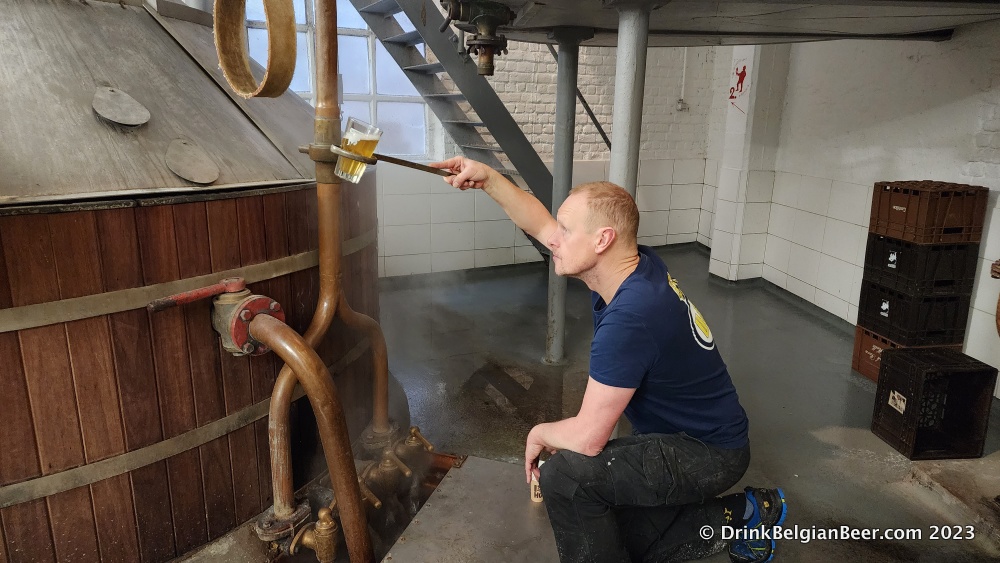
Jean added: “The name ‘Corvée’ is coming from the name of the place where the grapes are cultivated.”
The 2023 bottling is the second vintage of La Corvée.
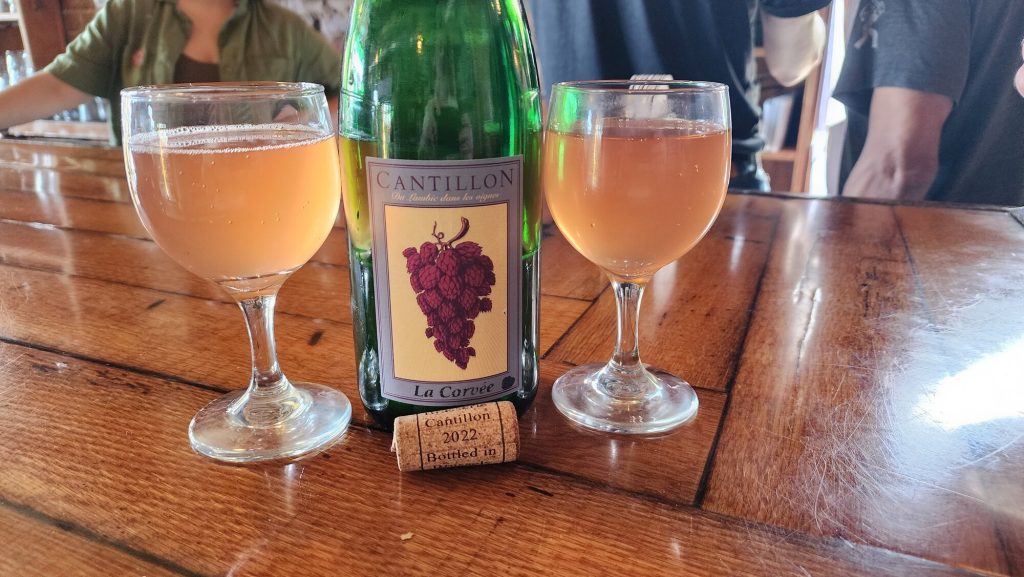
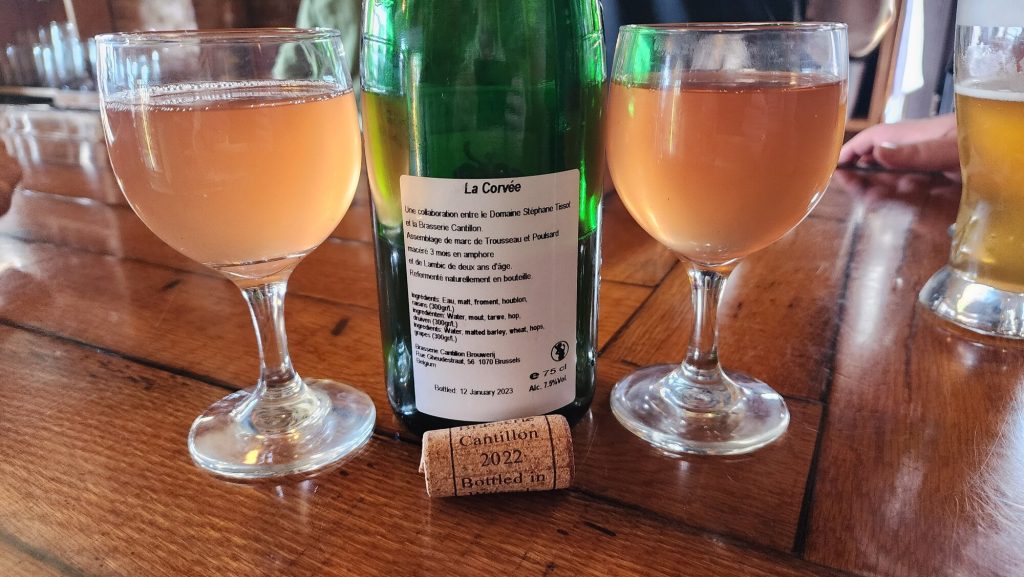
Domaine Stéphane Tissot is located in the Jura region of eastern France, not far from the border with Switzerland. Stéphane Tissot and his wife Bénédicte Tissot run the family business. The estate is spread over about 35 hectares (about 86.5 acres of land) so it is indeed a small producer of natural wines, and one of the most highly regarded in the Jura region. It is located at 39600 Montigny-les-Arsures, France.
Note that Trousseau, also known as Trousseau Noir, is a red wine grape originating in the Jura region of eastern France, so it is local to the Domaine. Poulsard is also a red wine grape from the Jura region, and it is a very old, even ancient, variety, that is famous in the region near the town of Pupillin. Wines made from these grapes are sometimes mistaken for Rose, due to their color, which can appear as a pinkish hue.
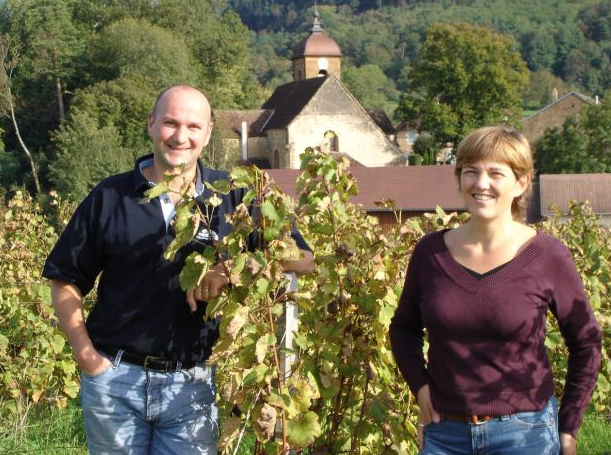
Domaine Stéphane Tissot is the same winery that collaborates with Brasserie Cantillon to produce La Vie est Belge, which is, in my opinion, one of the most characterful and interesting wine-influenced lambic beers that I have ever tasted. To date, four vintages have been produced: 2014, 2016, 2019, and 2022. See this previous article for full details.
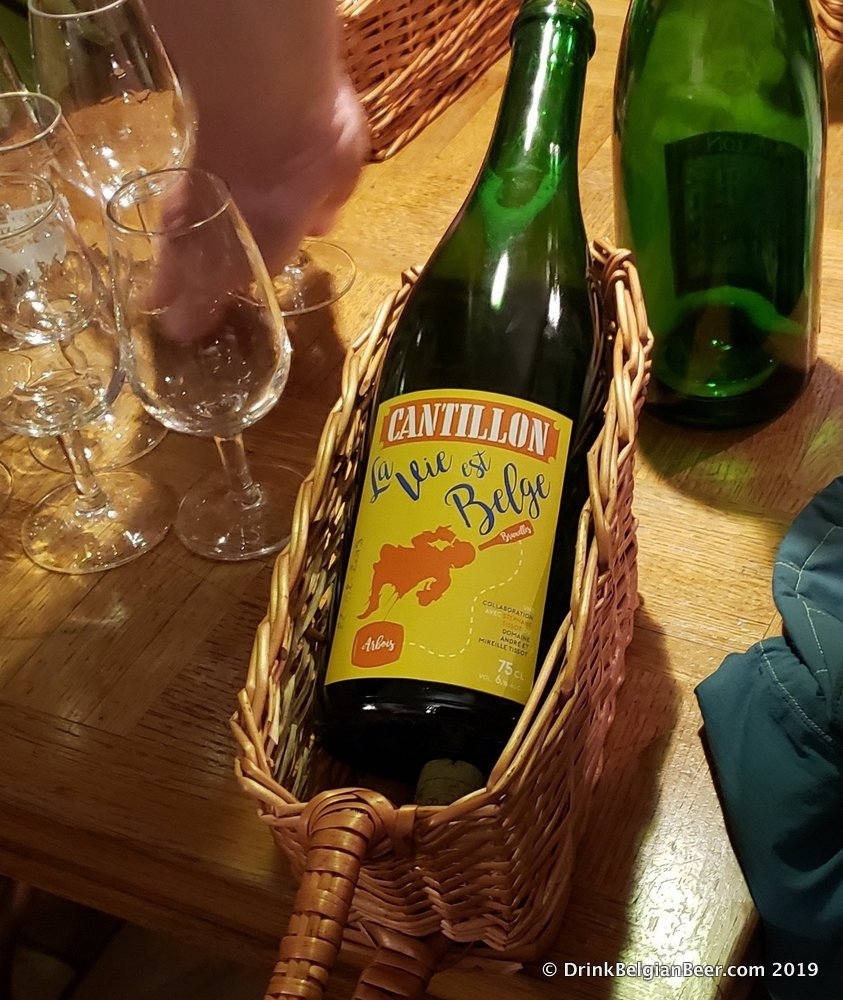
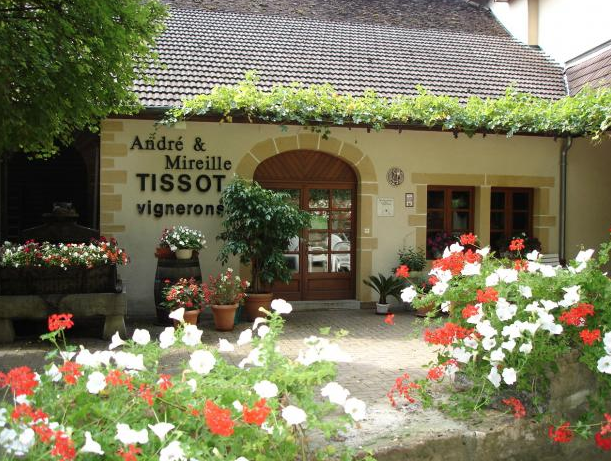
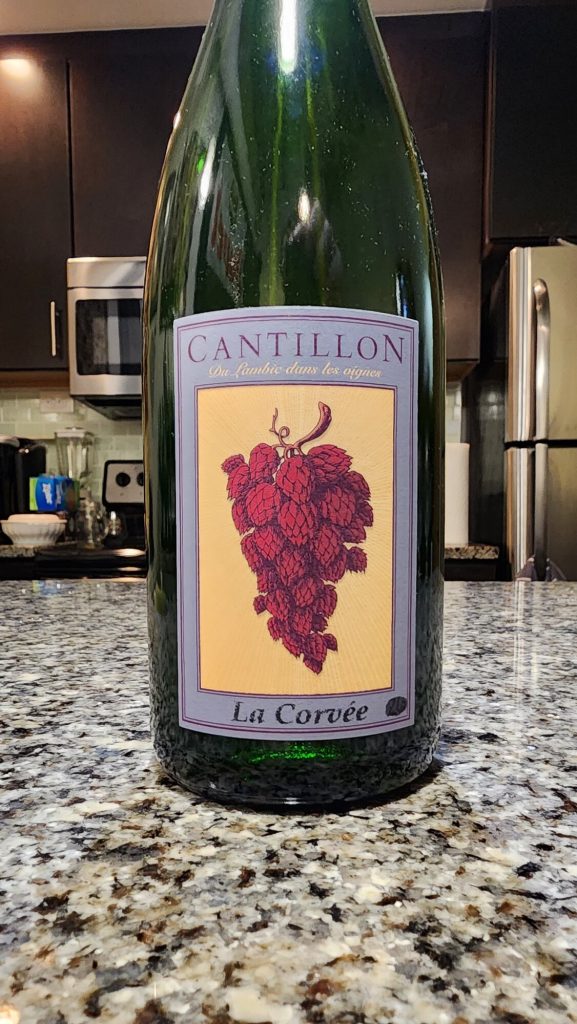
La Corvée is not produced in the same way as La Vie est Belge, but it is a stellar lambic in its own right, and worthy of seeking out. I found La Corvée to be dry, with a low acidity, and a low to medium funkiness, and very easy drinking. It has just a hint of a pinkish hue, and is deceptive for its 7.5% abv.
In all likelihood, you will have to travel to Brussels to taste La Corvée. You will also have to be lucky enough to be there on a day when Cantillon has it on offer on its “drink in” board. You might also get lucky if Cantillon happens to bring bottles to a beer festival. Also, there are a number of bars in Brussels that might have La Corvée on offer for drinking on site. Trust me, it is worth seeking out!

For information about tourism in Brussels, please see the Visit Brussels website here.

If you like this website, please like our Facebook page here
and our Instagram page here
and our Twitter page here


Leave a Reply